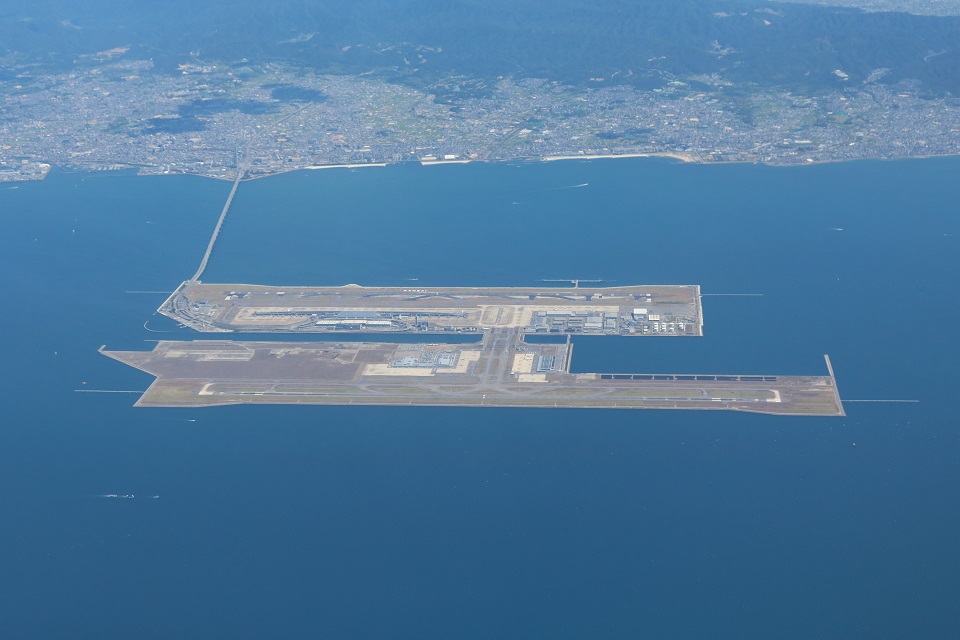Civil Aviation
Japan built a $20 million airport in the ocean, now it’s sinking into the sea

Japan’s Kansai International Airport was hailed as a marvel of engineering three decades ago, boasting the title of the world’s most unique airport.
Situated on artificial islands in the bay, it served as a vital hub for Osaka, Japan’s second largest metropolitan city. However, the passage of time has brought a grim reality to light – the airport is sinking at an alarming rate.
Experts have sounded the alarm, expressing fears that one day the entire airport may disappear beneath the waves. international airport in osaka Already, it has sunk more than 38 feet, with predictions suggesting that sections of the islands could sink another 13 feet by 2056, potentially reaching sea level.
Despite its functionality and the allure of its luxury shops and restaurants, osaka kansai airport Airport has become a focal point of controversy due to its sinking status. The weight of the island and its structures is compressing the seabed beneath, causing a gradual descent into the ocean depths.
The airport’s construction was no small feat, with engineers and architects facing daunting challenges. Building grandiose artificial islands on unstable soil in the bay and constructing a sprawling international kansai airport atop them required cutting-edge technologies of the time, all while contending with the threat of earthquakes and typhoons.
Efforts to mitigate the sinking have been made, including excavating beneath the passenger terminal and employing hydraulic jacks to raise columns. Yet, despite these measures, the sinking persists, exacerbated by the airport’s unevenness.
kansai airport , as the world’s first airport built on water, draws in millions of travelers annually. However, its isolation leaves it vulnerable to the elements, repeatedly subjected to extreme weather conditions.







